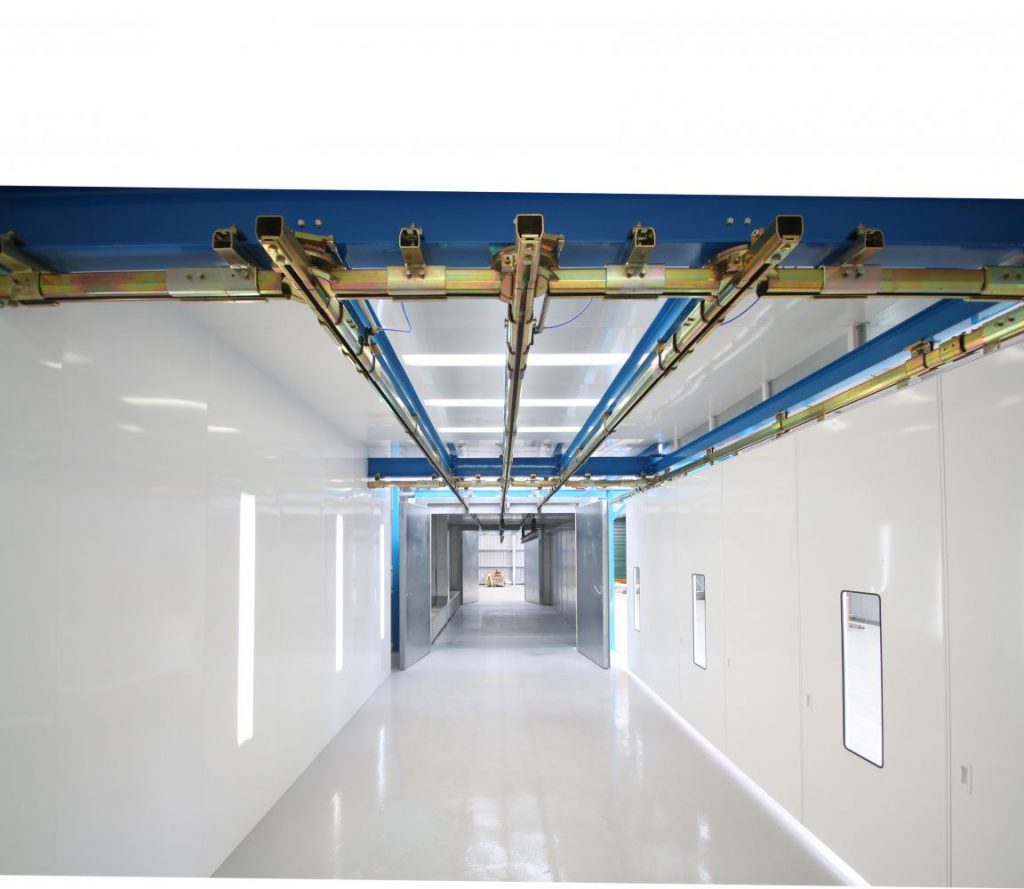Conveyor rollers help to make light work of shifting things around with negligible energy being applied, and thanks to the motor unit powered options, they require substantially less effort as well. From small wheels, belts and integrated rollers you can find a wide variety of rollers available on the modern marketplace, regardless of whether you select a engine or manually powered model.
Rollers are usually designed to shift bulk elements, and there are various different models of rollers for particular roles. Rollers and other conveyors have the ability to elevate product, use vibratory motion to transfer material, and hang from above. Other major types include screw conveyors, chute conveyors and tow conveyors.
Letâs take a closer look at some of the main types of conveyor.
The Range Of Conveyor Roller
These are handling strategies designed to use rollers mounted in frames to transport materials. The factors you must think about would be the weight total capacity and height, as well as the conveyor width and length. Roller conveyors are typically present in holding areas for instance loading docks, luggage handling or construction lines. Rollers use gravity or manual power to transfer goods around and can be straight or curved determined by space or operating environment.
Powered roller conveyors use driven rollers secured in frames to move goods and objects about. The top thing to consider is the sort of drive that you need. The most recognized drive varieties include belts, chains and motors. Powered roller conveyors have a lot of uses, including food handling, packaging and many other construction line companies.
Wheel conveyors use unpowered wheels to transfer objects, either by gravitational forces or manual power. If picking a wheel system, you will need to think about load total capacity, the physical lengths and widths and the electricity requirements. Wheel conveyors are normally used for loading and unloading vehicles, in addition to moving weighty weighty objects such as pallets. Depending on the weight criteria, wheel numbers and spacing may vary.
Vibrating conveyors use rotary or linear vibration to transfer commodities or materials along. They are commonly used to move bulk materials like gravel and coal. Depending on the required use, many sizes are available.
Overhead conveyors are mounted to ceilings and use trolleys moved by chains, wires or other connections. They are most often used in business sectors in which the product really should be hung, for instance parts handling systems, or for cooling applications. Dependent upon the supposed use of the overhead system, the load transporting capability could be very critical. A lot of systems are motorized though you can find the ones are hand controlled.
Belt conveyors use continuous belts to transfer goods. They may be typically employed in food solutions, for baggage handling, in packaging and in the postal service, even if you would most often associate them with the money registers in supermarkets. Belt conveyors are normally powered and perform at various rates of speed. Belts can be worked flat or even at inclines.
Beltless magnetic conveyors utilise moving magnets under immobile plates to safely move magnetic or ferrous products. This could be comprising of scrap material or machine parts. Beltless magnetic conveyors can be flat, up-right or a combination of each of them.
The Role Of Conveyor Rollers
Your preference of conveyor system is determined by the product model, velocity, height and business focus particular towards your business. A few types of conveyor, which include belts and vibrating units, work extremely well over long distances in business sectors such as mining and raw materials. Nevertheless, a vibrating belt system can be of little use in food manufacturing or electronics companies.
Conveyors could in fact be manually powered, which is when products are moved along by hand over the rollers or wheels. Others are air powered or engine powered. Normally, however, they are driven by electric powered magnetic motors. This either happens directly or through reduction gears, chains and sprockets.
Materials and units are ordinarily moved on the top surfaces of conveyors, but overhead conveyors could be the totally obvious exception.
Choosing A Roller
If you’re needing to move items quickly and also with hardly any energy being applied and the highest possible safety, you ought to appraise your needs and requirements with care. Your eventual judgement will be determined by the business in which you operate, the option for power supply (or otherwise) together with the monetary budget which you have.
Conveyor rollers might be the most straightforward and versatile system and also one of the most inexpensive. Roller systems are also simple to use and maintain and can be customised to a range of businesses and uses. Systems can be custom-designed to for your available space and rollers can be selected by material, load capacity, speed and more. This is why conveyor rollers are amongst the most popular options for UK organizations.
There are actually hundreds of thousands of web sites with info pertaining to ‘Gravity Roller Conveyor’ this is definitely one of the best websites http://www.conveyorrollers.co.uk.
Roller conveyor platforms can be custom-designed from modular components. These include straight sections, contours, transitions, merges, partitioning and more. Producers will give design experience and installing the components support, allowing you to get the most reliable device for your need. They may also provide on-going maintenance assistance and spares which keeps your items and your company moving.
If it’s time you developed your own business and you wish to streamline production, storage, distribution or more, then a conveyor roller system may very well be precisely what youâve been looking for.

